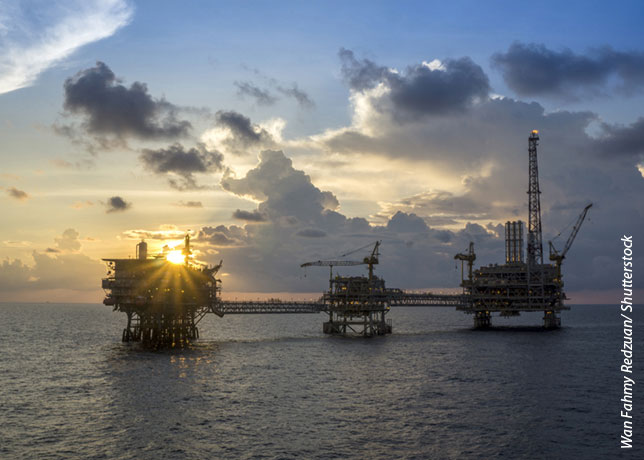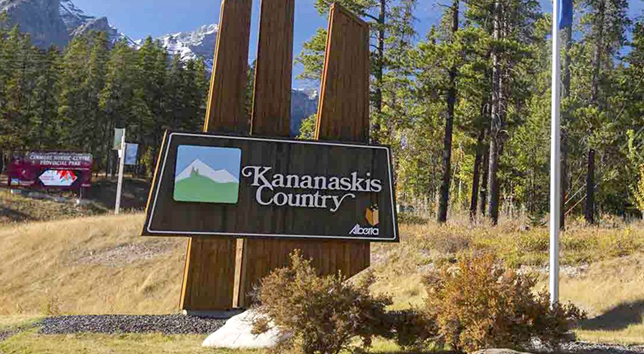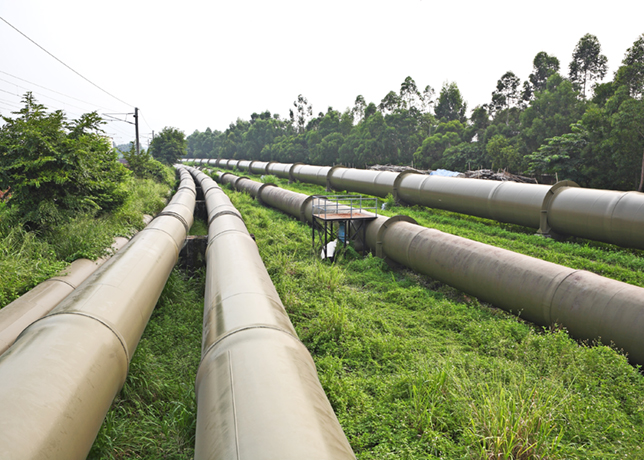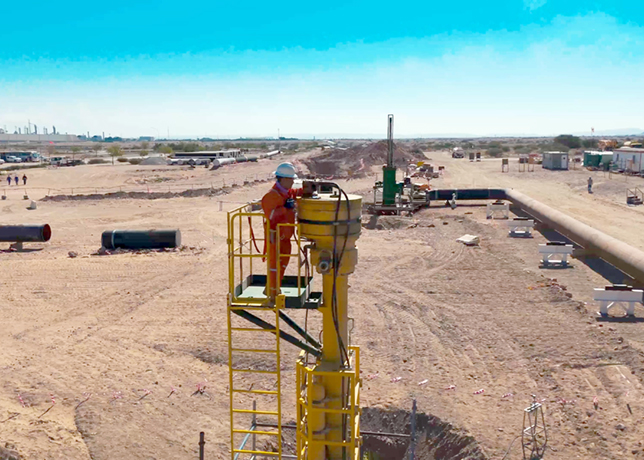
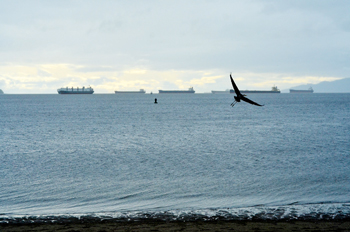 The environmental impact of the English Bay, Vancouver oil spill is still unknown
The environmental impact of the English Bay, Vancouver oil spill is still unknown
Officials have slammed response times in the wake of an oil spill in Vancouver’s English Bay. While the impact is being felt on the shores as volunteers come to the rescue of birds that have been soiled by the spill.
The response to the bunker oil spill in English Bay is falling short of the world-class standards British Columbians had hoped for, ocean and environmental specialists say.
“This is such a disappointment, clearly not world-class,” Rashid Sumaila, a professor in the University of BC Fisheries Centre, says.
“What really hits me is that happens in the heat of the debate. I thought they’d be much more prepared and the shipping companies would be extremely cautious not to let this happen. For me, this is a huge shock, actually.”
Getting to a spill quickly must be a priority in order to minimise the potential for the pollutant to spread and sink, which hinders collection, Sumaila says.
“The lesson is that spills do, can and will happen. Technology plays a great role, but it can’t completely solve the problem. It only goes so far.”
Sumaila says the relatively small spill in English Bay should be a wake-up call, including to the potential impact on both the environment - fish, crabs, seabirds - and the economy, particularly Vancouver’s green tourism image.
According to the National Oceanic and Atmospheric Administration in the US, gasoline and diesel are considered light oils that evaporate relatively quickly and don’t remain for long in the marine environment. Still, they do pose risks if inhaled, can cause explosions, and can kill animals and plants on contact.
Heavier bunker oils can persist in the environment for months or even years if not removed, but are generally less acutely toxic than lighter oils. The short-term threat from heavy oils comes from their ability to smother organisms. Over the long term, some chronic health effects like tumours may result in some organisms. Birds soiled with heavy oils may die of hypothermia. After days or weeks, some heavy oils will harden, similar to an asphalt road surface, and pose less risk to animals.
In 2012, Premier Christy Clark presented the federal government with five principles that must be addressed before the province could consider an oil pipeline from Alberta to the West Coast, including “world-leading marine oil spill response, prevention and recovery systems.”
A sailor first reported an oil slick to Port Metro Vancouver at about 5 pm. The industry-funded Western Canada Marine Response Corp was not called until 8 pm and it took four hours to establish a boom around the grain ship Marathassa. City officials were not informed of the slick until 6 am.
University of Victoria professor Chris Tollefson, executive director of the environmental law centre, agreed the response had fallen far short of world-class standards.
“No one could claim that comes even close to a proper and adequate response. And the reality is this is a spill that should have been easy to deal with in a short space of time. ... Most spills occur in much more remote and difficult waters and difficult conditions.
“If we can’t respond to a run-of-the-mill spill like this ... then I think that really speaks volumes about how prepared we are.”
Tollefson adds that the English Bay spill should raise awareness about the environmental cost of frequent smaller spills in BC and around the globe.
“We’ve been focused on catastrophic spills, where a tanker’s cargo discharges,” he says. “But, globally, it’s clear that chronic, smaller spills – often from bilges or bunker breaches – are often the larger and more significant environmental hazard. Many go undetected initially and the cumulative impact is huge.”
A 2006 study published in Marine Ornithology reported that 62 per cent of beached bird carcasses in Newfoundland and Labrador were oiled, compared with 56 per cent on the west coast of Vancouver Island. A 2010 study in Marine Pollution Bulletin found that even thin sheens of oil and drilling fluids - legally discharged from offshore oil facilities on the east coast - can affect the ability of seabirds’ feathers to maintain warmth.
Tollefson says that during National Energy Board hearings into Kinder Morgan’s planned twinning of its pipeline from Alberta, he sought unsuccessfully to have the company study the increased risks of chronic spills that may result from increased oil tanker traffic.
“That’s unacceptable,” he says. “Do some studies and analyse what you expect the effect of your project will be in connection with chronic oil spills.”
The Canadian Coast Guard’s claim that Western Canada Marine Response Corp recovered about 80 per cent of an estimated 2,700 litres of bunker oil spilled is also drawing criticism. Western Canada Marine refused to comment. “Be very skeptical,” says Karen Wristen, executive director of the Living Oceans Society. “Everybody’s interest is to minimise the amount spilled and maximise the amount recovered and I’m not buying any of it until the dust has settled.”
The coast guard did not immediately respond to the criticism. According to the London-based International Tanker Owners Pollution Federation, even in ideal conditions in oceans around the world, only 10 to 15 per cent of oil is likely to be recovered.
On December 23, 1988, the Sause Brothers barge Nestucca released about 874,000 litres of bunker oil off Grays Harbor, Wash. The oil drifted north with the currents, including up to the west coast of Vancouver Island as far as Cape Scott. The oil washed up on beaches, and up to 56,000 seabirds are thought to have died. Crab, shellfish and herring were affected along with First Nations fishing practices. Washington and BC cleaned up an estimated 11 per cent of the oil.














